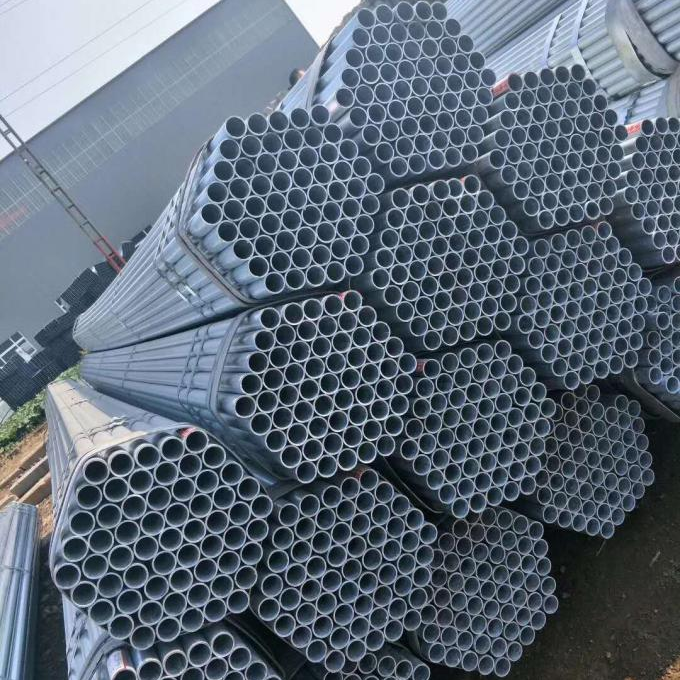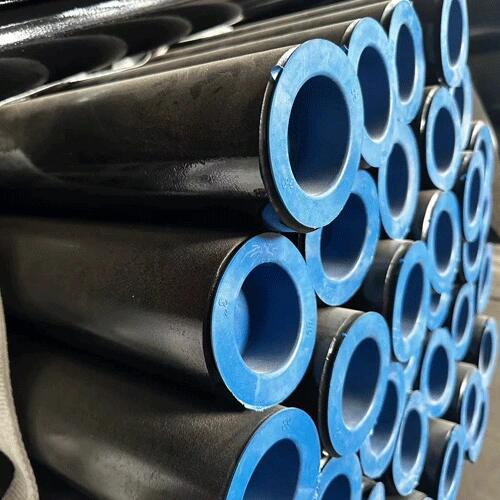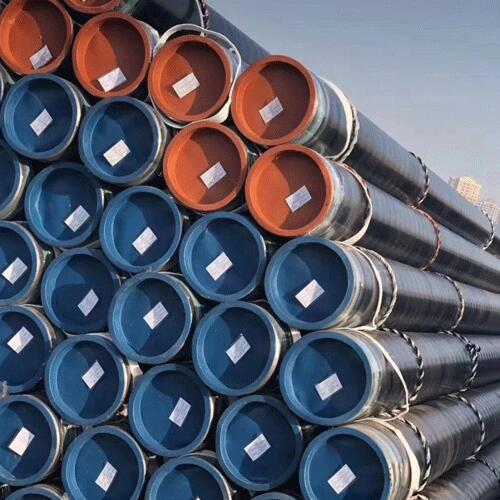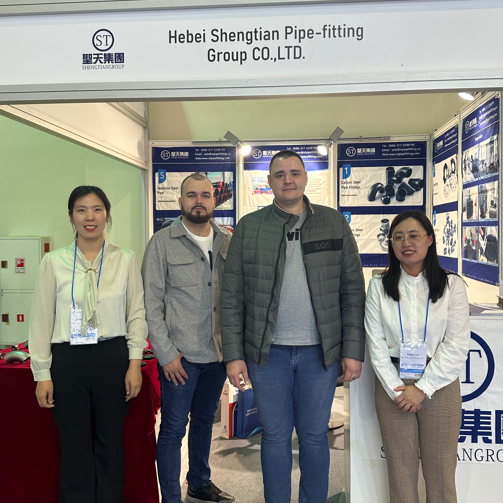When it comes to API 5L ASTM A106 Seamless Carbon Steel Pipe, understanding their hardness is essential for various applications. Steel pipe hardness is a key factor in determining their suitability for specific uses. There are several methods to assess the hardness of steel pipes.
1.Rockwell Hardness Testing:
Rockwell hardness testing is a prevalent method for assessing the hardness of steel pipes. This method measures the resistance of a material to indentation or penetration. It typically employs a conical or spherical indenter and a minor load followed by a major load. The resulting indentation depth provides a hardness value, usually denoted as HRC, where “H” stands for hardness and “RC” for Rockwell hardness. This method is valuable for its rapid and non-destructive nature.
2.Brinell Hardness Testing:
The Brinell hardness testing method involves applying a fixed load to a hardened steel or carbide ball and measuring the resulting indentation’s diameter. This test is valuable for assessing the hardness of steel pipes. The Brinell hardness number (BHN) is used to express the results of this test. It is particularly useful when assessing materials with coarse microstructures.
3.Vickers Hardness Testing:
Vickers hardness testing is similar to the Brinell method but uses a diamond-shaped indenter. It is suitable for both ferrous and non-ferrous materials. The hardness value, represented as HV, is calculated based on the indentation’s dimensions. The Vickers hardness test is widely utilized for assessing steel pipes and other materials.
 How to apply hot dipped galvanized steel pipe?
How to apply hot dipped galvanized steel pipe?
 Why should Seamless steel pipes be epoxy powder coated?
Why should Seamless steel pipes be epoxy powder coated?
 ASTM A106 Thick-walled steel pipe production steps
ASTM A106 Thick-walled steel pipe production steps
 Shengtian Group successfully participated in the Russian Oil and Gas Exhibition
Shengtian Group successfully participated in the Russian Oil and Gas Exhibition